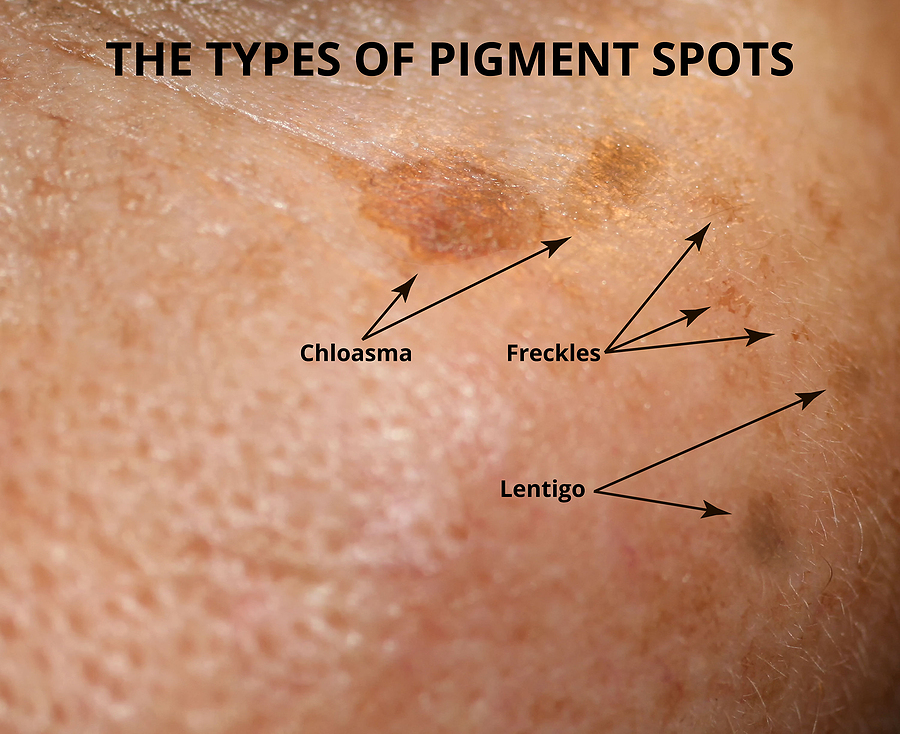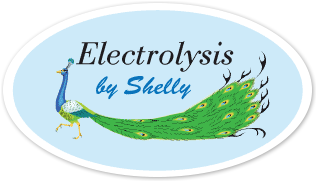Hyperpigmentation (Brown Spots) – What are the Causes?

What Causes Hyperpigmentation (Brown Spots)?
Hyperpigmentation is caused by increase in melanin. Melanin is the natural pigment that gives our skin, hair and eyes their colour. A number of factors can trigger an increase in melanin production, but the main ones are sun exposure, hormonal influences, age and skin injuries or inflammation.
Hormonal Influences
Hormonal influences are the main cause of a particular kind of hyperpigmentation known as melasma or chloasma. It’s particularly common among women and is thought to occur when the female sex hormones estrogen and progesterone stimulate the overproduction of melanin when skin is exposed to the sun. Hyperpigmentation can also be a side effect of certain hormone treatments.
Hyperpigmentation and Age
As skin ages, the number of melanin-producing cells (known as melanocytes) decreases, but the remaining ones increase in size and their distribution becomes more focused. These physiological changes explain the increase of age spots in those over 40.
Post Inflammatory Hyperpigmentation
This occurs following a skin injury or inflammation such as cuts, burns, chemical exposure, acne, Atopic Dermatitis or Psoriasis. Skin is left darkened and discoloured after the wound has healed.
Illnesses and Medications Known to Cause Hyperpigmentation
Hyperpigmentation is also symptomatic of certain illnesses such as some autoimmune and gastrointestinal diseases, metabolic disorders and vitamin deficiencies. It can also be triggered by certain medications, such as chemotherapy drugs, antibiotics, antimalarials and anti-seizure drugs.
How to Prevent the Formation of Hyperpigmentation
Using a broad-spectrum sunscreen every day can prevent hyperpigmentation. Limiting skins exposure to the sun will also help reduce the occurrence of brown spots. Try to keep out of the sun during its most intense hours. Wear protective clothing, including sun hats and glasses.
How to Reduce Existing Pigmentation Spots?
While prevention is best, once you have pigment spots, there are steps you can take to help fade them or eliminate them and prevent their reappearance. There are products that can be applied to the skin. They should be clinically and dermatologically proven to reduce dark spots. Common skin actives used to treat hyperpigmentation include: Arbutin, Azelaic Acid, Kojic Acid and Vitamin C Serum.
Hyperpigmentation Removal
Chemical peels can be applied to the face, neck and hands to exfoliate the skin and stimulate the growth of new skin cells. Some skin types may find chemical peels to be too harsh and could irritate the skin.
Laser therapy is precise and effective for eliminating pigment spots. High-energy light is used on the skin’s epidermis. After, the area will slightly crust and slough off in a few days. There is gradual fading post-Laser treatment.
